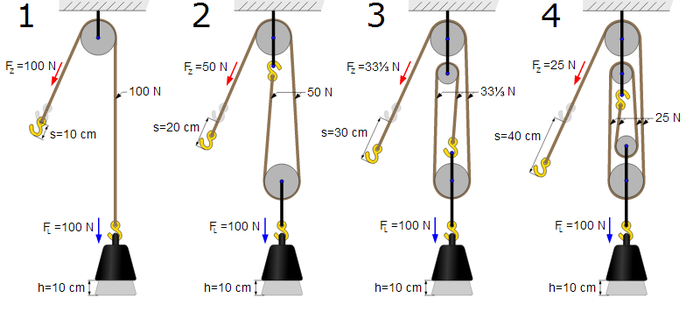introduction
hello world i am doing a project on Innovation Day this is a project on castles and we get to make a model of a castle.
castles
castles were a very important part of the Middle Ages because they served as working eriase for most of the people. of course, there are many more reasons why castles are so important and that is going to be what the first section of my middle-ages blog post is about. now more about castles all of the castles were in Europe castles served as communities for everyone who lived there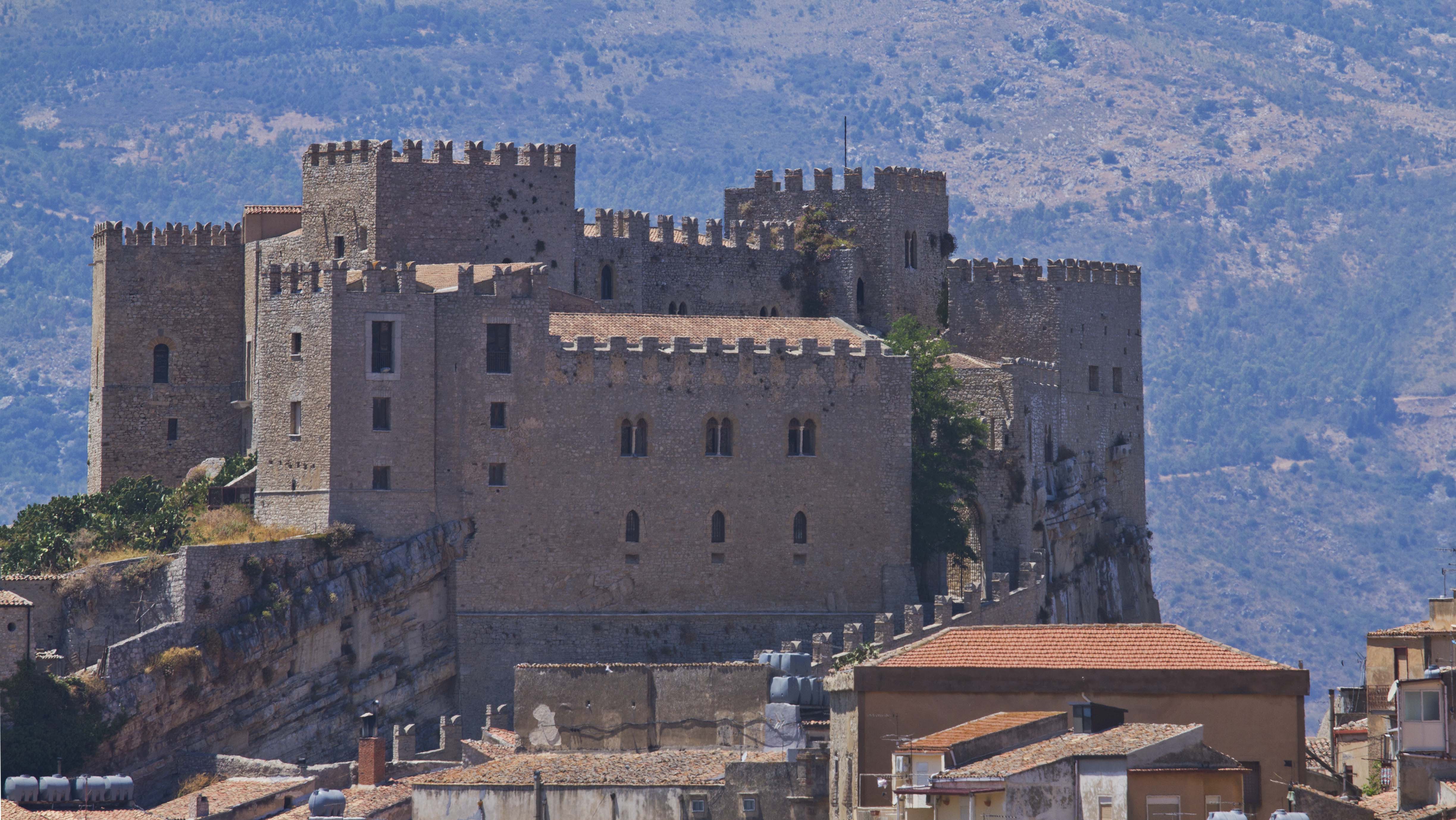
feudalism
feudalism is a class system that has the king at the top then the nobles then the vasseles and at the bottom, there are the pesans. the kings were the rulers of the land the nobles were usually the knights and the king’s servants they also owned the land. the vaselles are the people that were given land by the nobles. the peasants were the ones who worked the land also the peasants often tried to attack the king. the system was very unfair the only way you could move up in the rankings was either you meryed someone who was in a higher place than you or you could somehow get noticed by a noble. but it is much easier to move down but if you move down it would be as hard to go back as anyone else would have to get up in the rankings.
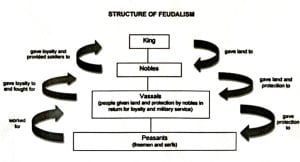
what is the middle ages?
the middle was a long period of time that took place from the 400’s-1400s. it was a very dark time which is why it is sometimes the medieval times there were a lot of villains It started when the Roman Empire clashed in Europe. there was a seven-year-long disease that rats gave to humans it killed more than half of Europe’s population it was called the plague. the way the disease spread to other countries through wars people dropped dead on the streets and that was normal.


pulleys and gears
There are two main types of pulleys. They include a fixed pulley and a moveable pulley. the fixed pulley is a pulley that is attached to one wheel and there is no mechanical advantage. then there is the movable pulley and there is a mechanical advantage of half for example if you had a 100 kg load it would only take a 50 kg force to pull it which is a mechanical advantage of 50 kg. if on a fixed pulley, you had two wheels it would be a mechanical advantage of half. the more weels you have the more mechanical advantage you will have. now on to gears, there are four main types of gears. those gears are a worm gear a spur gear and a rack and pinion gear. first we will start with a worm gear in a worm gear there is a axle or shaft that has a screw thread that canects with another gear. this system is used to reduce the speed and change the direction of motion. now the bevel gear the bevel gear is two gears on a angel they are often cone shaped. now the spur gear in a spur gear the teeth meet on a flat surface and can change the direction of motion. now last but not least there is the rack and pinion gear this gear is one gear that is called the pinion the pinion meets with the rack by sliding across and making it move in a state line. that is what i nave to say a about pulleys and gears.
drawbridges
in castles, they often had drawbridges so that they could block the passage from the coming enemy. The drawbridge is over a mote. most of the time they uses a pulley that is connected to a strong rope the rope is then connected to a crank and that is how a drawbridge workers. a drawbridge gives no entry to the casltes wich means the castes are almost anstopable at the time.

hypothesis
my hypothesis is that my gear system will have many problems but it will be successful. now my pulley system I think it will be more difficult than I thought but definitely doable. and that is my hypothesis.
1. get a box procedure
2. cut drawbridge and ad battlements to the top
3. attach string to the drawbridge
4. use a kabob stick for the pulley
5. use two kabob sticks and two gers to make the gear system
6. glue the gear to the Kabob stick.
7. take 2 cubes and cut a door on each.
8. then do that with a much bigger cube
9. glue both to castles floor.
10. use toilet paper roll to make well
11. glue well in front of the gear
12. use string to attach to the bucket and hot glue to gear kabob stick
13. make a bucket by scrunching up a quarter toilet paper roll and hot gluing it
14. to make flag take paper and draw whatever flag you want on it
15. take a thick kabob stick and glue the top of the string to the flag
16. take a pulley wheel and make the string go through it
17. then you can pull the string up and down
18. pant the castles black and make the bricks with white paint on the black
19. ad one turret in the right corner
20. make a turret by taking three long cardboard rectangles and gluing them to the corner
21. then make a square out of cardboard and glue it to the corner and the three rectangles
22. to make the ladders you have to attach the Kabob stick to 16 popsicle sticks then cut it in half and put one next to the gear system and the other one next to the drawbridge. do the same thing but don’t cut it in half. put that one next to the right turret.
design
design pictures
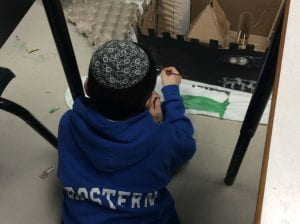
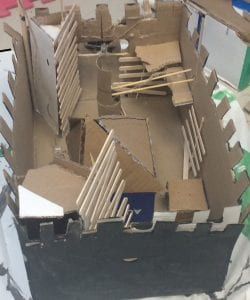
reflection
I think I did a good job making a model of Caccamo’s castle and the pulley systems. I also think I had a lot of trouble with the gear system. I think I could have done a little better on persevering. that is the WWW and the EBI that I am writing you.
final video
this is my final video
rubric
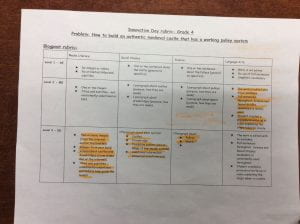
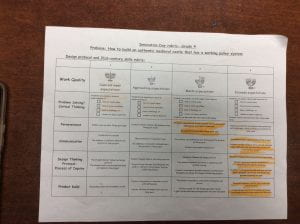
this is my rubric.
facts
1. did you know that the first castles date back to the 1000s?
2. did you know that the castles were mostly noble’s castles?


